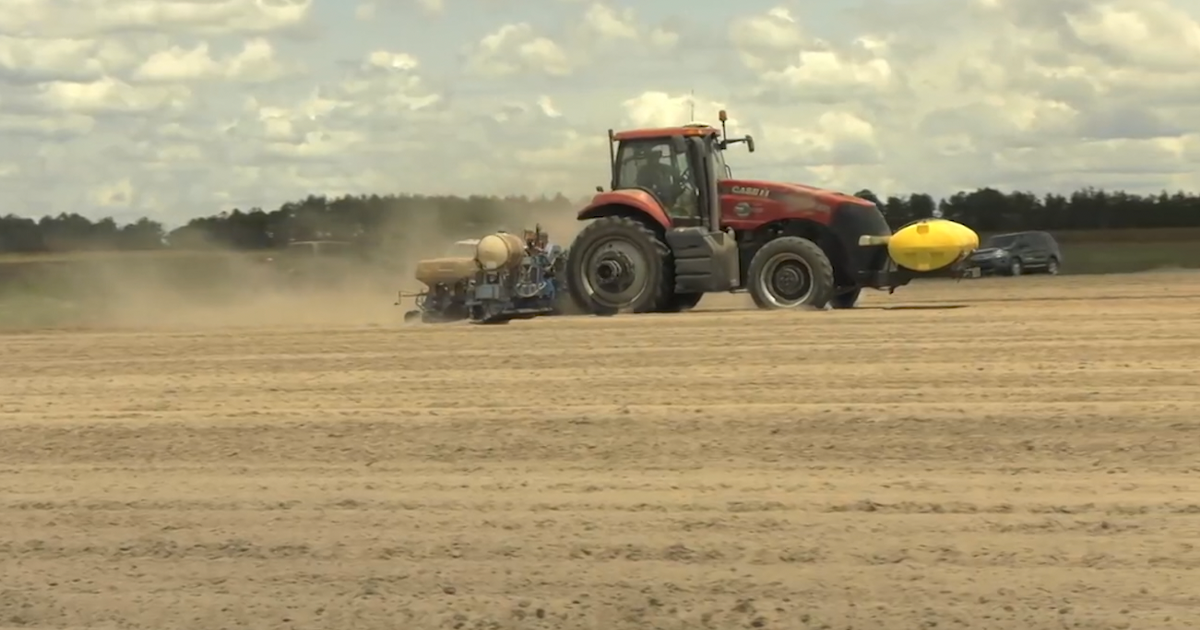Watkinsville, GA
With Spring inching more towards Summer, producers will soon be finished getting this year’s crop in the ground and will begin shifting their focus towards harvest. However, getting that crop to harvest successfully depends on mother nature which, has already given many farmers and producers a wild ride so far this year.
“What we’ve seen is that the temperatures have been above normal, and a lot of that has to do with how warm February was,” says Pam Knox, Agricultural Climatologist with UGA Extension. “You might remember February was really far above normal. Everything was blooming early, and it caused problems later for the fruit farmers, because then we went into a cooler period in March where we had a couple of frosts, and that really caused some problems, especially peaches, but some with blueberries as well. Precipitation wise, most of the state has gotten a decent amount of precipitation. Probably the driest part of the state right now is the southwest part.”
According to Knox, the southeast has been in what’s called a la nina weather pattern the last three years; meaning conditions have been warmer and drier, however, all indications suggest that we’re currently transitioning into cooler and wetter conditions known as an el nino – at this point it’s just a waiting game to see when those conditions will set in, which Knox believes will be this November.
“So, right now we’re in that period where we’re transitioning from a La Nina to an El Nino – we call those neutral conditions, that’s in between those two. In neutral conditions, there’s not a lot of predictability of what’s going to happen this year. It’s not necessarily likely that we’ll see a drought. It’s been dry this winter, so sometimes when you leave a La Nina, you can get drought, but we’ve been pretty wet. So, I don’t know that we’re going to see that this year which is probably a good thing for the farmers,” says Knox.
According to Knox however, one thing producers should consider as we enter those cooler and rainy conditions this Fall is the potential impact that it would have on getting their crops harvested.
“If El Nino comes on quickly, as most models predict it’s going to, we could see an early, wet fall, because that Jetstream could set up over Georgia by fall, which could cause problems for some harvests,” says Knox. “So, I think farmers are really going to have to be watching this fall to make sure that if there’s a window of dry weather, they’re out and making the most of it.”
Another consideration is the impact on the tropics. According to Knox, el nino weather patterns typically mean a less active tropical storm season, which could be both good and bad news for farmers, as storms can certainly damage their crops, but producers rely on the rain throughout the Summer.
“When we have an El Nino, we tend to have fewer storms. Now we can still have strong ones. You know, Hurricane Michael was in the beginning of an El Nino episode, so it only takes one, but we get a lot of our rain from, from tropical storms in the summer. So what that could mean is we could end up with pretty wet conditions, and maybe an early active tropical season early in the year before El Nino really sets up. And then later in the fall, once we get that stronger El Nino really going, we could see more rainy conditions and a less likelihood of having a tropical storm,” says Knox.
By: John Holcomb

